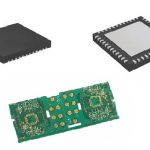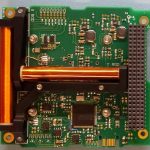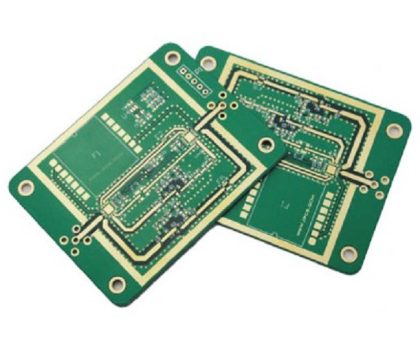1. COB, Chip On Board, refers to fixing the IC die on the printed wiring board by bonding.
2. COF, Chip On FPC, refers to fixing the chip on TCP.
3. COG, Chip On Glass, refers to fixing the chip on glass.
4. FTN, Formulated STN, a layer of optical range compensation chip added to the STN, used for black and white display.
5. TCP, Tape Carrier Package, a flexible circuit board on which ICs can be fixed.
6. QFP, Quad Flat Package
7. QTP, Quad Tape Carrier Package
8. SMT, Surface Mount Technology
9. Through Silicon Vias (TSVs) are a key enabling technology for 2.5D and 3D packaging solutions and are copper-filled wafers that provide vertical interconnections through the silicon wafer die. It runs the entire length of the die to provide an electrical connection, forming the shortest path from one side of the die to the other. Through holes or vias are etched to a certain depth from the front side of the wafer, which is then insulated and filled with a conductive material (usually copper) that is deposited. Once the chip is fabricated, it is thinned from the backside of the wafer to expose the vias and the metal deposited on the backside of the wafer to complete the TSV interconnect.
10. 5D packaging, an advancement of traditional 2D IC packaging technology, allows for finer lines and space utilization. In 2. 5D packages, the die is stacked or placed side-by-side on top of an intermediary layer with a silicon through-hole (TSV). Its base, the intermediary layer, provides the interconnect between the chips.5D packages are typically used for high-end ASICs, FPGAs, GPUs, and memory cubes.2.5D packages were born from this and eventually became widely used for High Bandwidth Memory (HBM) processor integration.11. 3D packages, in which the die is stacked or placed in rows on top of each other in a 3-D package, allow for finer line and space utilization.
11. 3D packages, in which logic dies are stacked together or with storage die, eliminating the need to build a large system-on-chip (SoC). The die is connected by an active intermediary layer. 2.5D IC packages stack components on an intermediary layer via conductive bumps or TSVs, while 3D IC packages connect multilayer silicon wafers to components using TSVs. Silicon through-hole technology is a key enabling technology in both 2.5D and 3D IC packages, and the semiconductor industry has been using HBM technology to produce DRAM chips in 3D IC packages.
RDL, Redistribution Layer contains copper connecting wires or traces that are used to realize electrical connections between various parts of the package. It is a metallic or polymer dielectric material layer where the die can be stacked in the RDL and has become an integral part of 2.5D and 3D packaging solutions, allowing the chips on it to communicate with each other through the dielectric layer. RDLs have become an integral part of 2.5D and 3D packaging solutions, allowing the chips on them to communicate with each other through intermediate layers.
12. FOWLP, Fan-Out Wafer-Level Packaging FOWLP technology is a modification of wafer-level packaging (WLP) that provides more external connections to the silicon. It embeds the chip in an epoxy resin molding compound and then builds a high-density redistribution layer (RDL) on the wafer surface and applies solder balls to form a reconfigured wafer. It typically starts by cutting the processed wafers into individual dies, then scattering the dies on a carrier board and filling the gaps to form the reconfigured wafers. FOWLP provides a large number of connections between the package and the application board, and because the substrate is larger than the die, the die spacing is looser.
13. Fan-out, in a fan-out package, the “connections” are fanned out from the surface of the chip to provide more external I/O. It uses an epoxy resin molding compound that is fully embedded in the die, eliminating processes such as wafer bumping, fluxing, flip-chip mounting, cleaning, underside-spraying, and curing, and therefore eliminating the need for intermediary layers, making heterogeneous integration much simpler. Integration is much simpler. Fan-out technology is a smaller package with more I/O than other package types.
14. The intermediary layer, which is the conduit through which electrical signals are passed from a multi-chip module or board in a package, serves as an electrical interface between sockets or connectors to propagate signals farther and to other sockets on the board. The intermediary layer, which can be made of silicon and organic materials, acts as a bridge between the multi-die and the board. Silicon intermediary layers are a proven technology with high fine-pitch I/O density and TSV formation capability and play a key role in 2.5D and 3D IC chip packaging. PCB Chip





